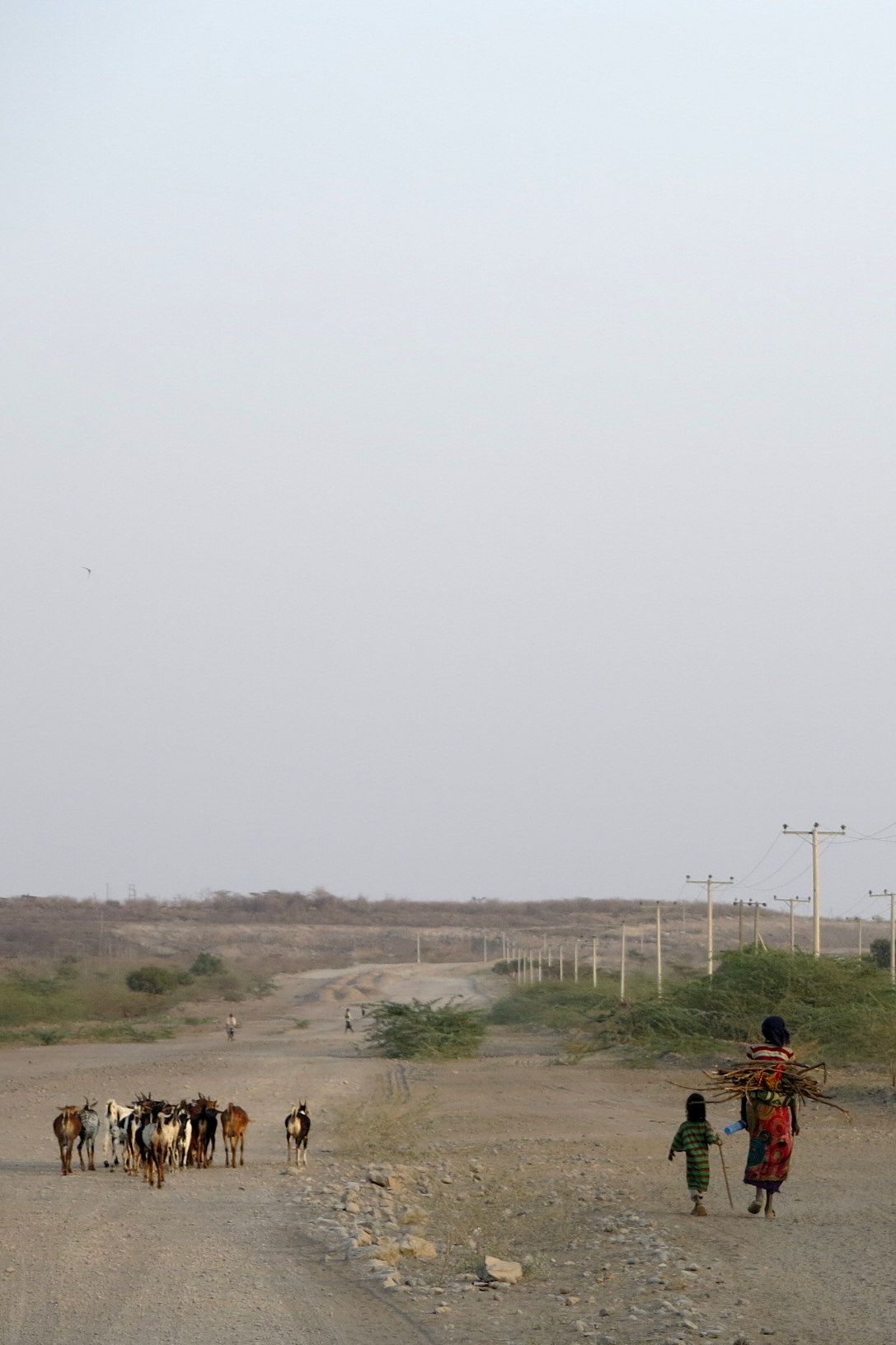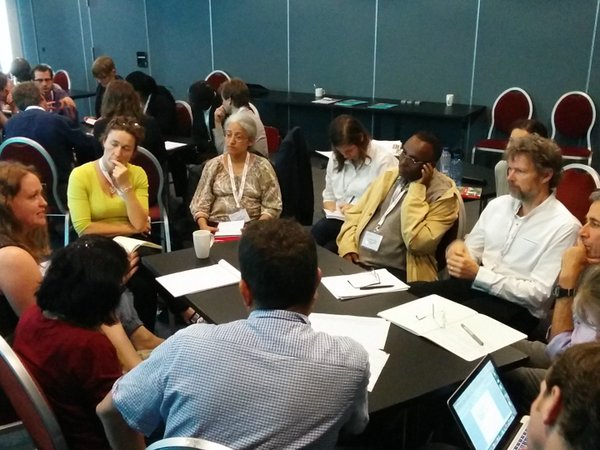Do local and national development priorities align?

By Mark Tebboth
A recent article in a UK newspaper that headlined ’50 million Africans face hunger after crops fail again’, describes the ongoing crises in eastern and southern Africa. The article described how a second year of drought-related crop failures – linked to the severest El Niño in 30 years – has led to the malnourishment of more than 1 million African children, and left an estimated 32 million people in southern Africa and 10 million people in Ethiopia in need of food aid. Similarly, in India, severe drought and extreme heat are reportedly claiming the lives of 300 people every month, with 330 million people unable to meet their daily water needs. Daytime cooking bans are in place and some states have outlawed the burning of crop stubble.

It is against this backdrop of severe drought, extreme heat and food insecurity that I found myself sitting in an air-conditioned room (I know, it jars) in the World Trade Centre, Rotterdam as part of the ASSAR-PRISE session of Adaptation Futures. Working in semi-arid regions under the CARIAA (Collaborative Adaptation Research Initiative in Africa and Asia) umbrella, ASSAR and PRISE are two research consortia with an express aim of building resilience and improving livelihoods to enable people and communities to better cope with the extreme weather events – and their associated impacts – that are likely to become more common under anthropogenic climate change.
So what did the session cover? More importantly, did I leave the session with a renewed sense of optimism that this research would contribute to some sort of positive change for a family in India without access to enough drinking water, or for a pastoralist in Ethiopia struggling to find fodder for his herd?
There were five presentations of case studies by both ASSAR and PRISE researchers, describing issues related to: (1) seed certification in Mali, (2) water policy in Ethiopia, (3) regulatory responses to protect groundwater in Maharashtra, India, (4) insights from the application of a value chain analysis in five countries in Africa and Asia (Kenya, Tanzania, Senegal, Burkina Faso and Pakistan), and (5) ways to create an enabling environment for the private sector in Senegal, Kenya and Tajikistan.
Through their case studies, the presenters described some of the connections and disconnections between national development strategies and local adaptation pathways.
For example, Edmond Totin from ICRISAT described how the implementation of the national seed policy in Mali created additional barriers for smallholder farmers. Farmers were often unable to afford the seed certification costs, which restricted their access to the seeds and meant most used their traditional or informal varieties. Suchita Awasthi from the Watershed Organisation Trust described the regulatory response of Maharastra State, India for groundwater management, and the problems of implementation on the ground. These problems included a lack of capacity to enforce regulations, limited awareness of regulations in affected communities, a lack of acceptance by farmers, and limited buy-in from key stakeholders. Mohammed Assen from Addis Ababa University explored some of the contradictions between the national-level policy to build a climate-resilient green economy and the local-level need to maintain water access for farmers and pastoralists in the Middle Awash Valley. Specifically, Mohammed highlighted how, in some cases, the focus on lowering national emissions through the use of ethanol (produced in-country) and on producing sugarcane, was making it more difficult for agro-pastoralists to irrigate crops and for pastoralists to access water from the Awash River.

These case study presentations, and the group discussions that followed, made it clear that national policies often conflict with local priorities: there are many disconnections and not many connections (between ministries, sectors, etc.). Clearly, governments are essential actors in protecting and providing public goods, but economic development and national priorities often trump climate adaptation and can result in local disbenefits. Similarly, many sectors and groups of people (small- and medium-sized enterprises, smallholder farmers and pastoralists) are left out of the discussions about economic development and the best ways to achieve pathways to resilience. This has the potential to result in ill-informed and poorly thought-through policies with negative impacts for the people they are designed to support.
This ASSAR-PRISE session provided a platform for researchers, practitioners and decision makers to discuss some of these barriers and to begin to explore opportunities for strengthening the interface between climate-resilient national development strategies and local adaptation pathways. Doing so would enable more widespread and effective responses to climate change that improve the wellbeing of the most vulnerable. The presentations were engaging and the discussions were lively and stimulating.
My one major disappointment in the session concerned the relative silence on the ways to address some of the issues and barriers that had been highlighted. To my mind, key questions remain around understanding how barriers to resilient livelihoods can be disrupted, circumvented or removed to ensure more locally supportive national priorities for communities that are historically marginalised and disempowered. Clearly, more research is needed but that research must have a well-defined and clearly articulated pathway to impact.
What now?
Both ASSAR and PRISE are only halfway through their five-year project lifetimes and I hope that a key focus of the remaining 2.5 years is on deepening the understanding of the current situation and exploring a range of potential futures. This should be done with a view to identifying potential ways of engaging and influencing decision-makers and other key actors who can bring about positive and lasting change for vulnerable and marginalised people in semi-arid regions.
Photos by Lucia Scodanibbio and Mark Tebboth